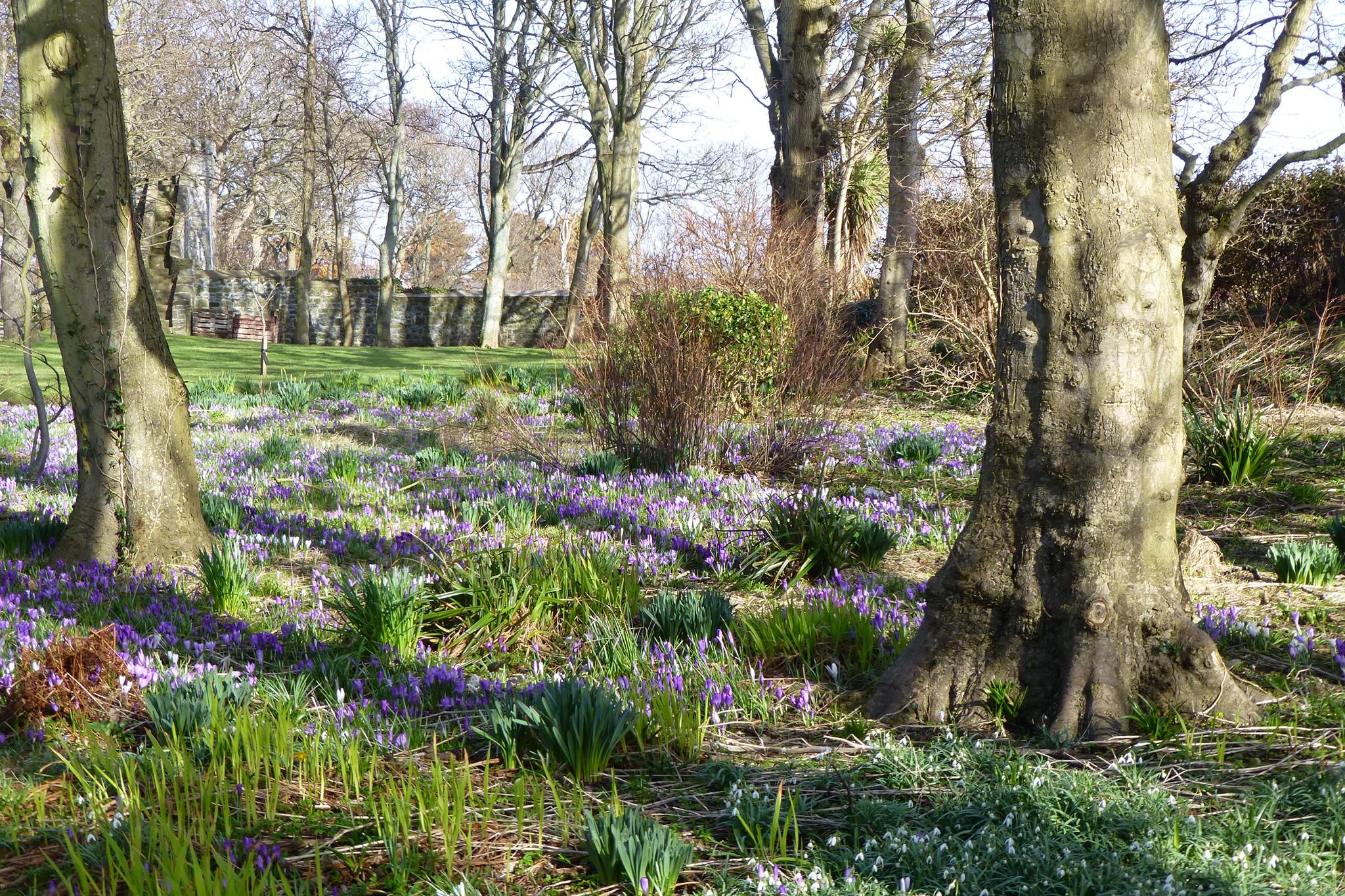When the ‘elm tunnel’ at St. Mark’s was threatened by a proposed development there was a huge public outcry. At the time, it struck me as odd there was so much public support for the campaign to save those trees, but so little awareness of the disease which threatens the entire elm population on the Island.
The disease which ravaged the English countryside in the 60’s and 70’s reached our shores in the early 90’s. ‘The Forestry Board’, followed by DAFF, and then DEFA, funded a control programme and introduced new plant health legislation to help reduce the rate of spread and prevent new sources of infected material reaching the Island. For the last ten years, however, funding of the control programme has been significantly eroded. Budget reductions and long-term budget freezes meant that the Department’s ability to find and deal with diseased trees was considerably hampered. In the summers of 2020 and 2021 we observed huge increases in the numbers of diseased elm trees. The distribution of the disease on the island also increased; for the first time ever, diseased trees were identified as far south as Colby.
My understanding is that DEFA’s control programme has now all but ceased completely. As a result, we are seeing an ever-increasing number of diseased elms around the island. This elm tree on the corner of Saddle Road in Douglas is an example of a large urban street tree which has been infected this year.

If the disease spreads down Castletown Road, the junction to Anagh Coar could look very different in a few years’ time. These huge ‘Wheatley’ elms are iconic in the local area.

The impacts of Dutch elm disease have the potential to be far reaching; for amenity, biodiversity, landscape, and heritage, not to mention our finances.
Unfortunately, for most elms in the countryside, it is now too late to act; the disease is so widespread that it would be very difficult and costly to get it back under control. It may still be possible, however, to save our urban elm trees, particularly in the far south of the island where the disease is less prevalent, but we would need to act quickly. Control and monitoring zones, sanitation felling, and new planting in Douglas and Port Erin could create an ‘elm sanctuary’ to rival that which still exists in Brighton today:




You must be logged in to post a comment.